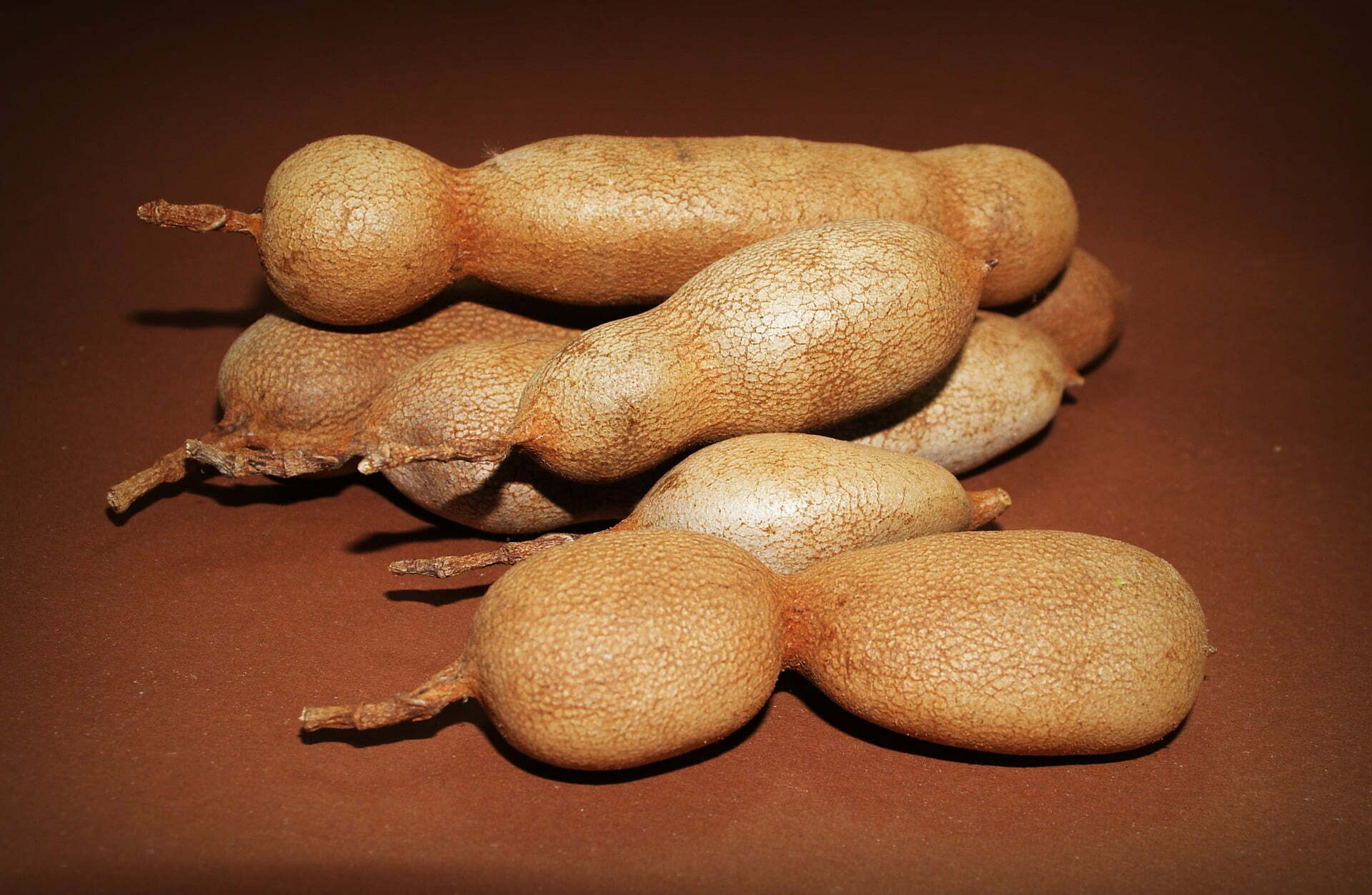Tamarind is one of the most distinctive and versatile spices in the culinary world. With its sweet-and-sour flavour and rich history, this tropical ingredient has been a favourite in dishes across Asia, Africa, and Latin America. Let’s uncover what makes tamarind so special and how it can transform your cooking.
What is Tamarind?
Tamarind comes from the pods of the tamarind tree (Tamarindus indica), native to Africa but widely cultivated in India, Southeast Asia, and the Caribbean. Inside the pods, you’ll find a sticky, dark-brown pulp that’s both tangy and sweet.
This unique flavour profile makes tamarind a culinary treasure, often used as a spice, paste, or juice in savoury dishes, desserts, and beverages.
Where is Tamarind Used?
Tamarind’s versatility has made it a staple in many cuisines around the globe:
- Indian Cuisine: Tamarind is essential in chutneys, curries, and lentil-based dishes like sambar.
- Thai Cuisine: It’s the secret ingredient in the iconic Pad Thai sauce.
- Mexican Cuisine: Tamarind is used in candies, aguas frescas (refreshing drinks), and sauces.
- African Cuisine: Adds a tangy depth to soups, stews, and marinades.
- Middle Eastern Cuisine: Tamarind is featured in meat dishes and rice recipes like maqlooba.
- Caribbean Cuisine: Frequently used in sauces, drinks, and desserts.
What Does Tamarind Taste Like?
Tamarind’s flavour is a delightful blend of sweet, sour, and tangy notes. Depending on its ripeness, the pulp can range from mildly sweet to intensely tart, making it a dynamic ingredient for a variety of recipes.
How to Use Tamarind in Cooking
- Sauces and Marinades: Tamarind adds a tangy kick to barbecue sauces, marinades, and glazes for meats.
- Curries and Soups: Stir tamarind paste into curries, soups, or stews for a burst of acidity and depth.
- Drinks and Cocktails: Use tamarind concentrate to create refreshing beverages or add a zesty twist to cocktails.
- Desserts: Incorporate tamarind into candies, sorbets, or cakes for a unique sweet-and-sour flavour.
- Dips and Chutneys: Combine tamarind with spices and sugar to make tangy dips or chutneys.
Health Benefits of Tamarind
Tamarind isn’t just delicious—it’s also packed with nutrients and health benefits:
- Rich in Antioxidants: Helps fight free radicals and supports overall health.
- Aids Digestion: Tamarind has been traditionally used as a natural laxative and digestive aid.
- Heart Health: Contains potassium and flavonoids, which may help regulate blood pressure.
- Supports Immunity: Its vitamin C content boosts immune function.
- Anti-inflammatory Properties: Tamarind pulp and seeds are known for their soothing effects.
Fun Facts About Tamarind
- The name “tamarind” comes from the Arabic word tamr-hind, meaning “Indian date.”
- Tamarind trees can live for over 200 years and are highly valued for their shade.
- Tamarind seeds are edible and used in some traditional recipes and remedies.
- It’s a key ingredient in Worcestershire sauce, giving it its distinct tangy flavour.
- Tamarind pulp is often used to polish brass and copper utensils in some cultures!
How to Choose and Store Tamarind
- Buying Tamarind: Look for tamarind in pods, paste, or concentrate form. Fresh pods should be plump and slightly sticky.
- Storing Tamarind: Keep tamarind paste or concentrate in an airtight container in the refrigerator. Dried tamarind pods can be stored at room temperature in a cool, dry place.
Final Thoughts
Tamarind is a spice that adds an irresistible tangy twist to everything it touches. Whether you’re simmering it into a curry, blending it into a refreshing drink, or drizzling it over dessert, tamarind is a flavour bomb waiting to be explored.
Why not bring this tropical treasure into your kitchen? With its unique taste and versatility, tamarind is sure to inspire your next culinary adventure!

